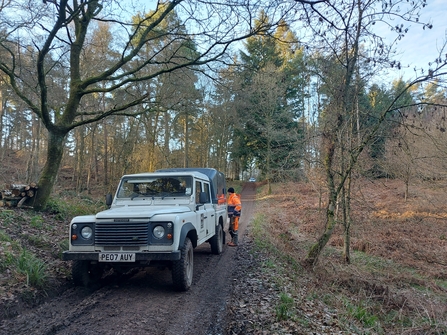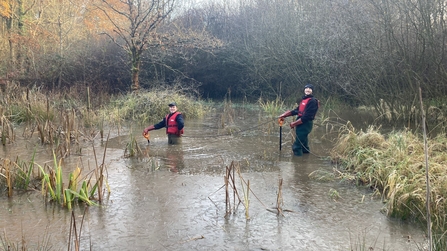In Patrick’s last blog, he mentioned how we’ve been training to use chainsaws and how we were soon to take a cross cutting and maintenance assessment. After a lot of practice, I'm glad to say that we all passed! The next step for us trainees is to be trained in tree felling.
I hear you asking "why would you want to cut down trees? Surely with our changing climate, you’d want to be planting more trees?" In our case, the reason is to improve the health of our woodland nature reserves.
Firstly, we needed somewhere to undertake our training. Not far from our headquarters at Lower Smite Farm is our nature reserve Chaddesley Woods. Within this woodland is an area of overly dense birch trees, which are too close together for any substantial growth. Upon closer inspection, these birch trees don’t vary a lot in age and are in a poor state – a lot of them have squirrel damage (grey squirrels stripping bark from the tree, which then weakens the tree). In terms of what makes a woodland valuable for wildlife, this isn’t great.
So how can we improve this area? We have been doing what’s known as ‘halo thinning’, which is the process of marking a tree you want to keep and felling, or thinning out, the neighbouring trees around it, like a halo. We try to pick the nicer trees; in this case oak and rowan to provide a mix of native tree species, along with the birch that was a bit older and had less squirrel damage. Felling the neighbouring trees allows more light and space for the selected tree to grow. The extra space can also be used to plant a wider range of native species to further improve biodiversity.



